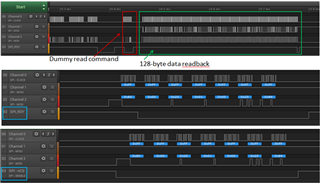Other Parts Discussed in Thread: BQ79616-Q1, BQ79616
Hi everyone,
I am implementing an application based on BQ79616-Q1 as stack devices and BQ79600-Q1 as bridge device.
In the BQ79600 safety manual are described all the safety mechanism (SM) and the assumptions of use (AoU).
In particular, SM132 is about the SPI FIFO Register diagnostic.
The description says to write some data (32 bytes) into the RX buffer and check the TX buff later in the procedure but I don't understand how to do these steps.
Could someone help me, please?
BR
Diego


